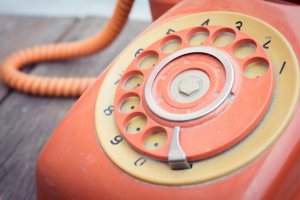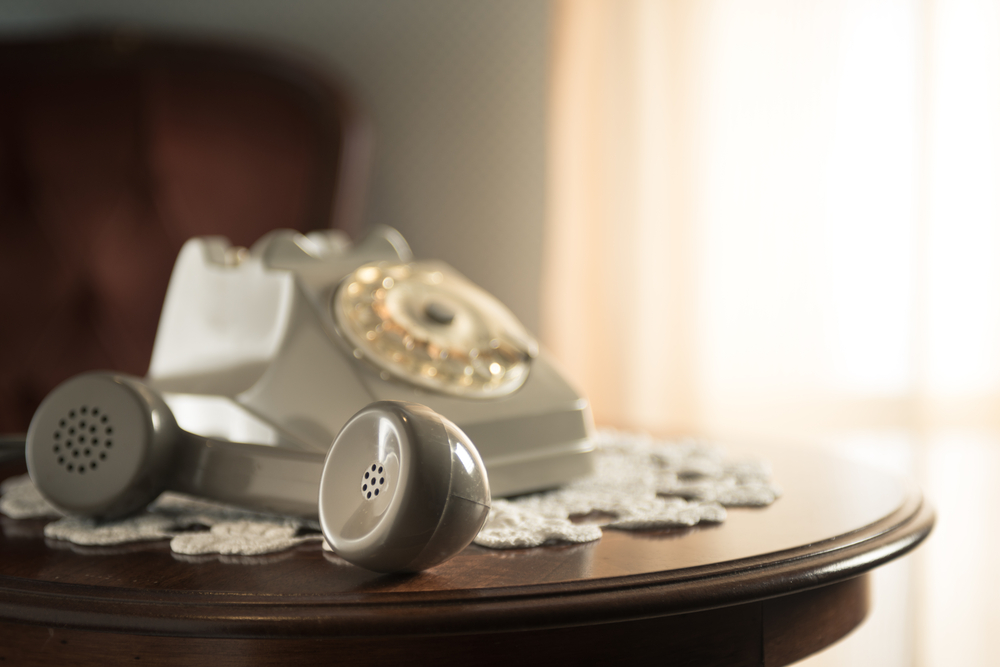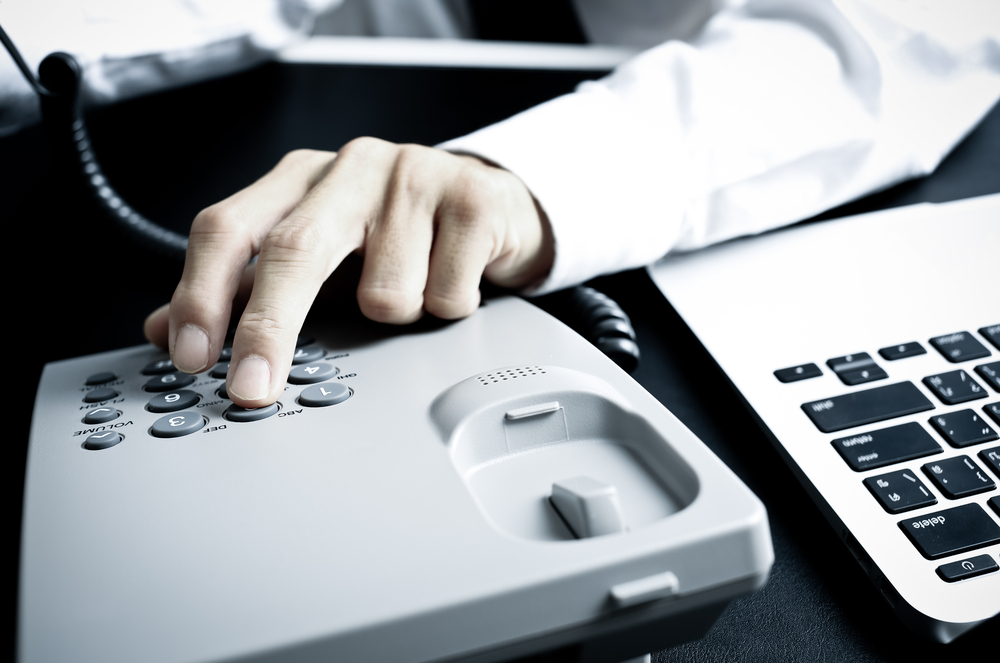Fixed Telephones: A Great Decorative Element

Sometimes, even the most practical of objects can be used to decorate your home. In this article, we want to look at one example in particular: fixed telephones.
You don’t necessarily have to use a telephone with a standard shape or design; original and interesting designs can also work. It simply depends on your personal taste – whether you want to use a more eye-catching telephone or one that will complement your interior decor.
While some people might not see the need or the relevance of using fixed telephones as decoration, they play a very important role in the home. They also have an impact on the space that surrounds them.
The fixed telephone
The arrival of the smartphone and the internet has meant that fixed telephones have gradually begun to disappear from our homes. Now that you can make calls online or from your cellphone, people have begun to ask the question: do I even need a fixed phone in my house?

There’s no easy way to answer this question. A large portion of the population believes there’s no longer any need for a fixed phone, while the rest disagree. Of course, fixed telephones have not yet disappeared completely, but there are families that no longer use them.
However, the fixed telephone has been a part of our homes for decades, serving to connect people almost instantaneously. As a result, it’s not that easy to simply get rid of them just like that, and they do still have their uses.
The fixed telephone is a traditional communication system which connects homes and people.
Fixed telephones: the aesthetic
Fixed telephones come in all different shapes, sizes, and designs. What your phone will bring to your home will depend on its aesthetic. For example, your telephone might be:

- Vintage: these usually look similar to those used at the start of the 20th Century. They have a really beautiful and classic look, with a rotary dial. One hundred years ago, only the most well-to-do owned these.
- Colorful: these phones are normally attached directly to the base, meaning you have to stay next to it to use the phone. They are often brightly colored: red, yellow, green, blue…
- Themed: in some cases, fixed phones can have a theme or a specific shape. For example, you can find phones shaped like giant lips or the famous Rolling Stones mouth, a love heart, a shoe, a hamburger…
- Wireless: nowadays, fixed phones are usually wireless. They come in a range of shapes and sizes, from the most basic to the most elaborate.
The phone you choose will depend on the style of decoration you want to create. You might want a humorous phone or a more elegant and classical style. Whichever phone you choose, make sure it attracts every eye in the room.
Where to place your telephone?
Normally, you can find telephones in the following places: living rooms, hallways, bedrooms, and studies. You won’t usually find them in kitchens, and very rarely in bathrooms. But where should you place your phone?

- Living rooms: telephones aren’t usually placed in the center of the room; normally, they’re tucked away in a corner, or placed on a side table.
- Hallways: place your telephone on a wall or table. The important thing is to make sure they aren’t in the way. If you’re going to place your telephone in the hallway, you need to make sure it is wide enough.
- Bedrooms: placing your telephone on the nightstand is a great way to decorate your bedroom. You could also place it on a chest of drawers or another low piece of furniture.
- Studies: a fixed telephone is a must-have in any office or study. They’re really useful, especially if you work in your study on a daily basis. Studies are usually somber rooms, so it’s best to choose a classical telephone, rather than a fun one.
As you can see, fixed telephones can make great decorative elements. However, it’s important to choose a phone that works well with the decor in your home. By doing this, you’ll avoid any tension or clashes.
A fixed telephone is essential in any household, and has become an important decorative element.
All cited sources were thoroughly reviewed by our team to ensure their quality, reliability, currency, and validity. The bibliography of this article was considered reliable and of academic or scientific accuracy.
Suárez Espinel, Alma: Decoración y ambientación en habitaciones y zonas comunes en alojamientos, Elearning, 2014.








